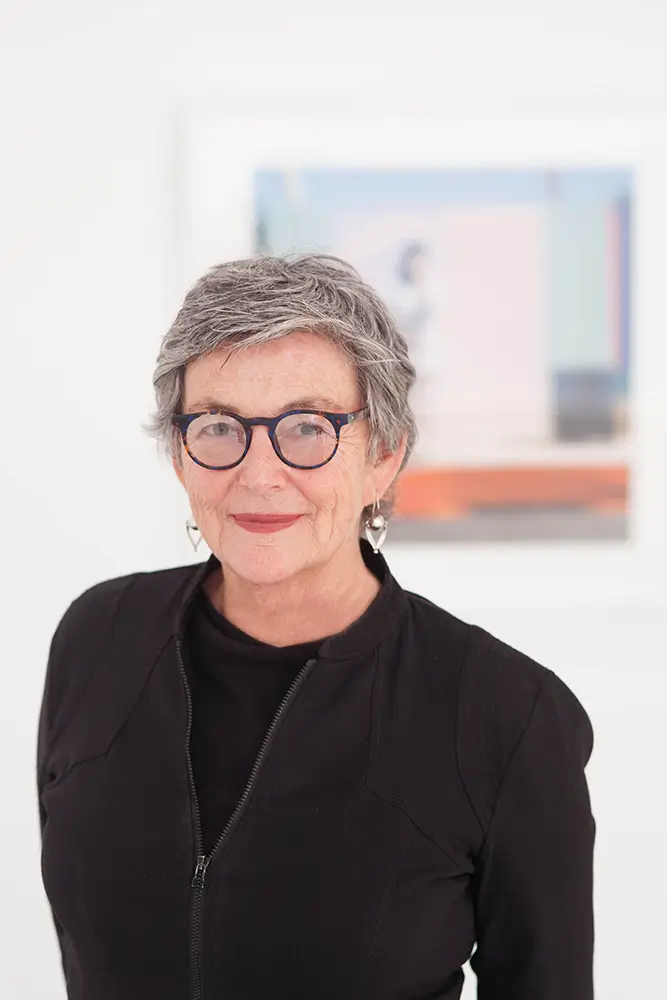Janet Delaney’s current photographic work uses a fine art approach to explore the social and political dynamics of city life. Her books include
South of Market (MACK 2013), which documents the gentrification of a working-class neighborhood.
Public Matters, (MACK 2018) addresses public life in Reagan era San Francisco and
Red Eye to New York, (MACK 2021) finds public and private worlds on the stage of 1980s Manhattan. She is currently working on a sequel to South of Market, examining the impact of the arrival of new technology companies on her old neighborhood.
Delaney’s awards include a Guggenheim Fellowship in 2020 and three National Endowment for the Arts Grants. Her photographs are in the collections of the San Francisco Museum of Modern Art, the de Young Museum and the High Museum, Atlanta among others. She has shown in museums and galleries locally and internationally.
Janet Delaney received her MFA from the San Francisco Art Institute and held a faculty position at the University of California, Berkeley. She lives and works in Berkeley, California.
Artist Statement
My photographic practice actively engages the art of storytelling. I focus on both large public issues as well as more intimate, prosaic subject matter. I immerse myself fully in a place or a state of being and photograph without assumptions. Back in the studio, I organize these images to construct narratives that reflect my experience. Research is integral to each project, and when needed, I incorporate text to deepen and expand the storyline.
Exhibitions offer me the opportunity to play with sequence and scale, while books provide a means to solidify and preserve my ideas. Over the years I’ve worked across various formats, exploring subjects as diverse as foreign wars, my kitchen table, forests, and cities worldwide.
Artist Statement for the work submitted
Revisiting a place I once called home creates a curious dissonance. During the 1980s I chronicled the early stages of gentrification in the South of Market district of San Francisco. Now, as I revisit my old neighborhood, rechristened SoMa by millennial marketers, I see a skyline bulging with new buildings. My former neighbors are eclipsed by both high-earning technology workers and those without homes whose tents line alleys and broad boulevards. In this new world I often feel as if I am standing in two places at once; the past infuses the present with both longing and confusion.
In
SoMa Now (working title), I sew together a complex narrative of a city I know well, blending fact and feeling to convey what is lost, what is gained and what remains in this new terrain.
Article
Exclusive Interview with Janet Delaney about 'Too Many Products, Too Much Pressure!'
